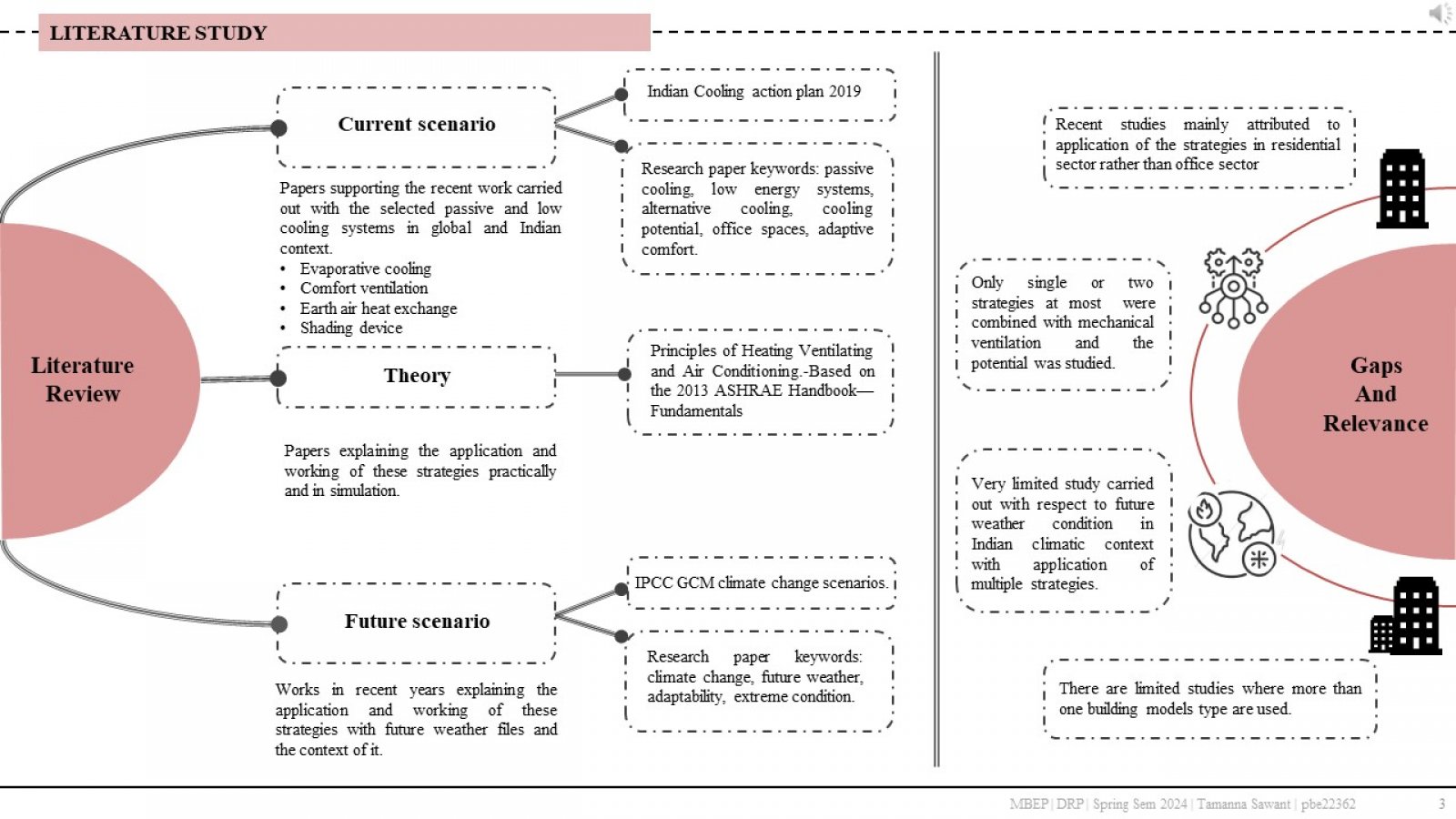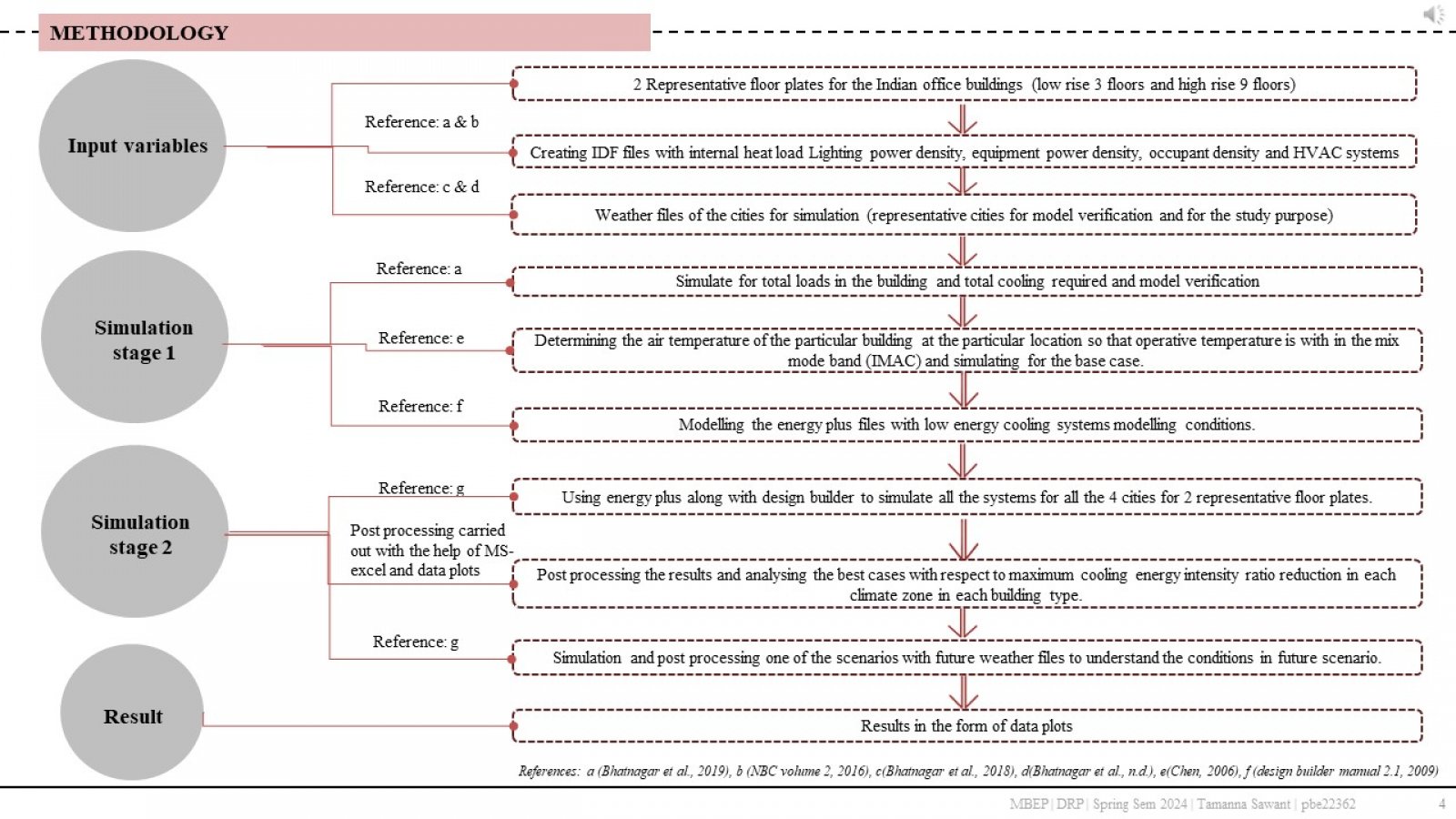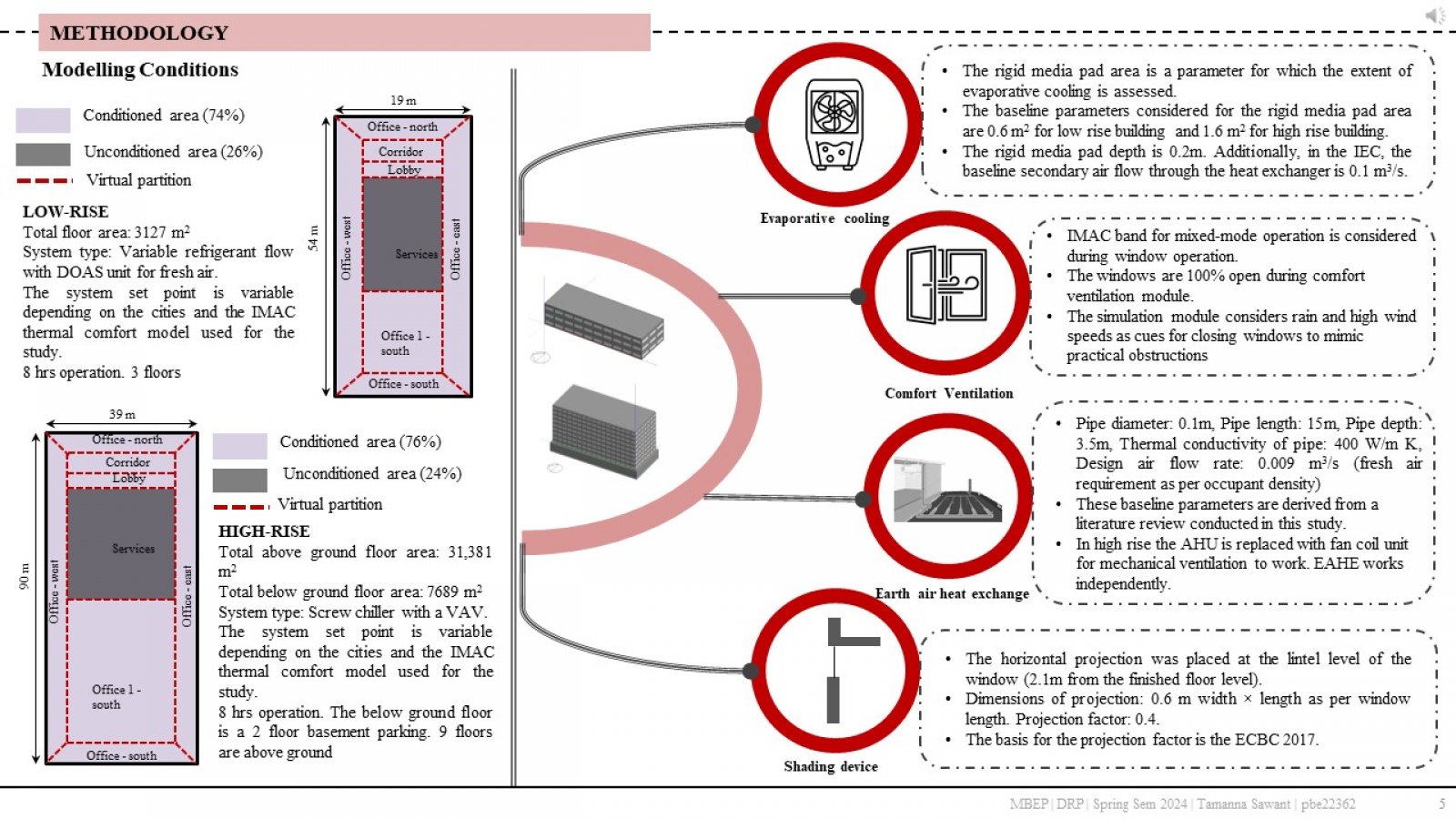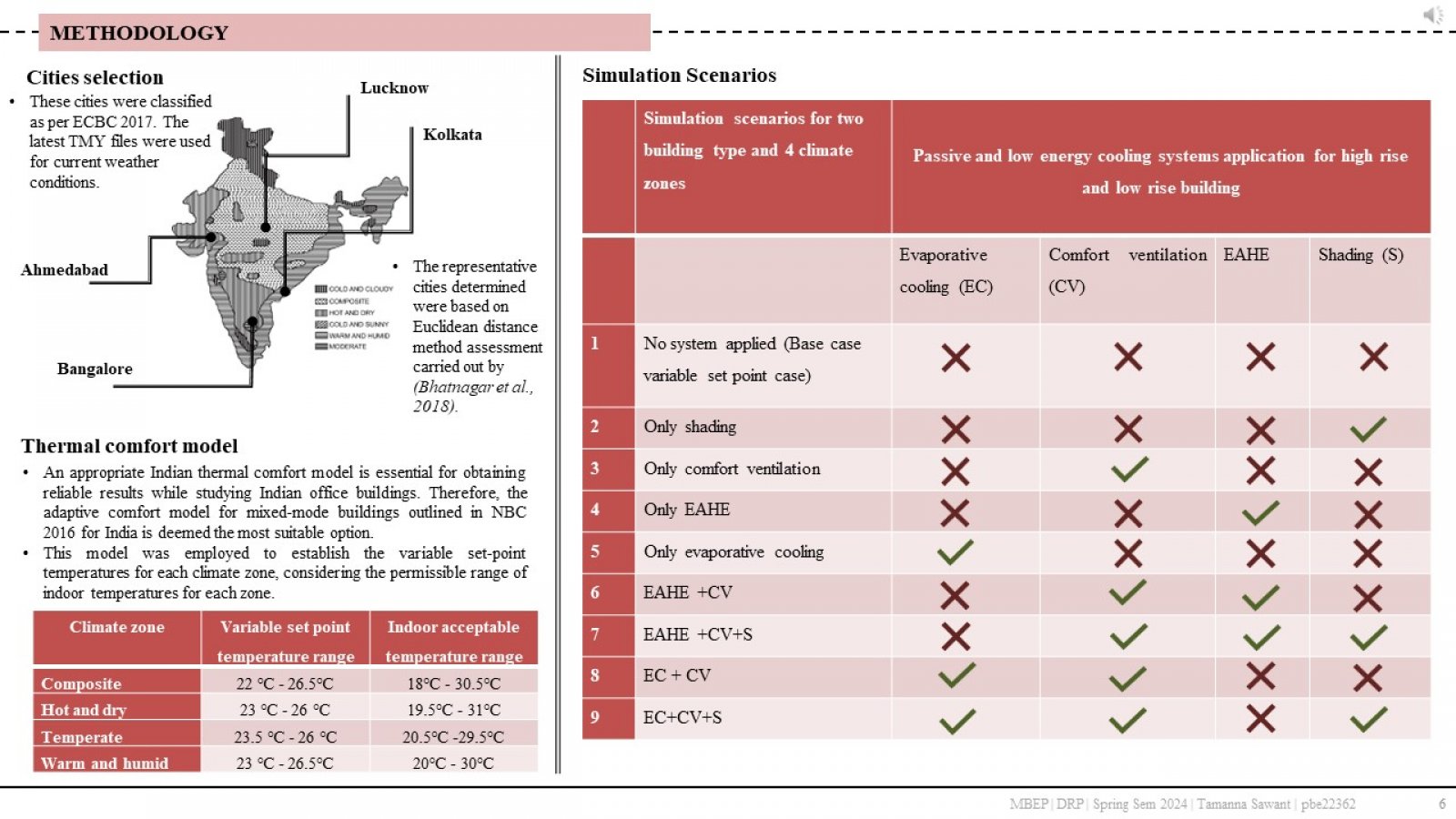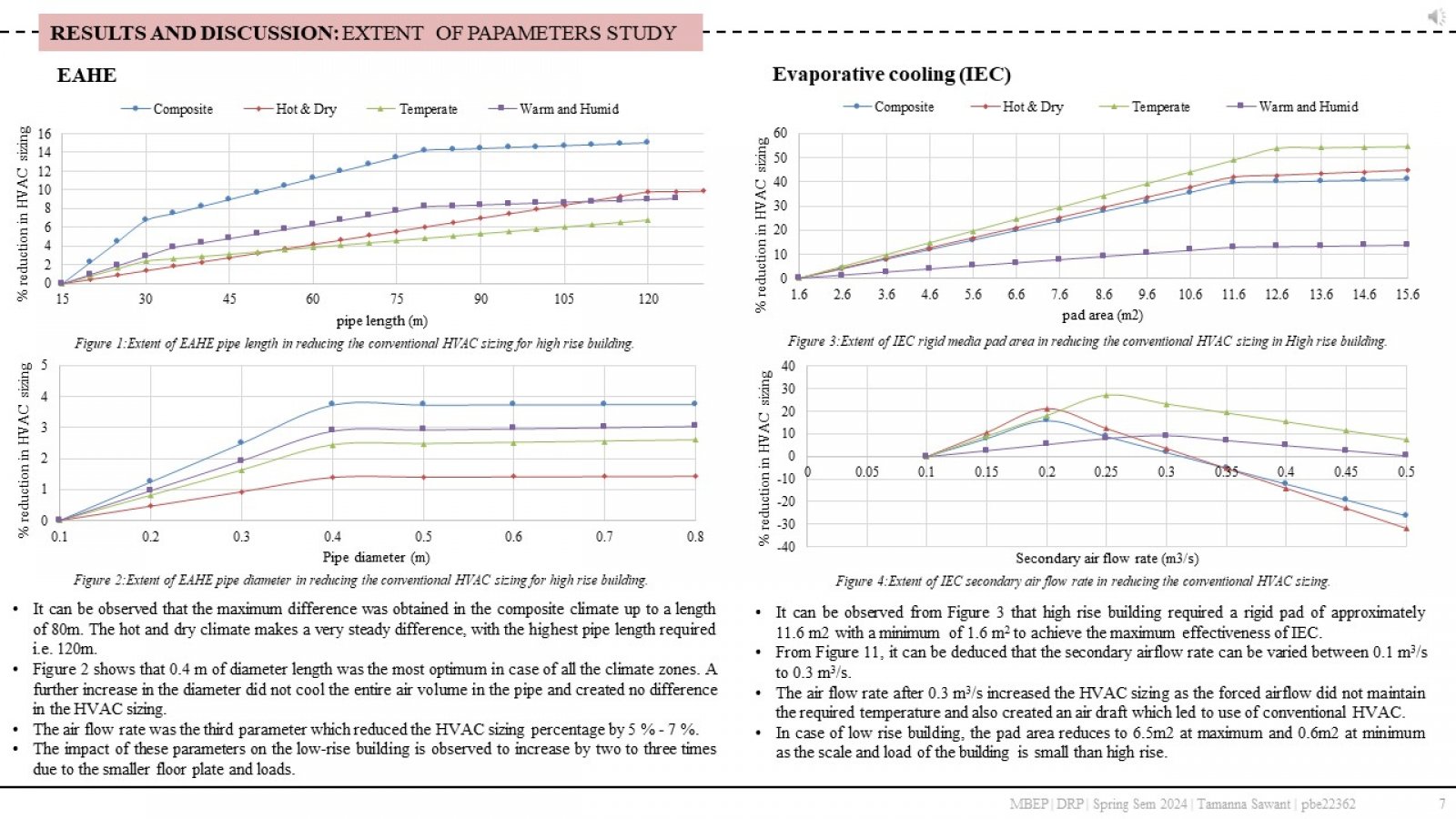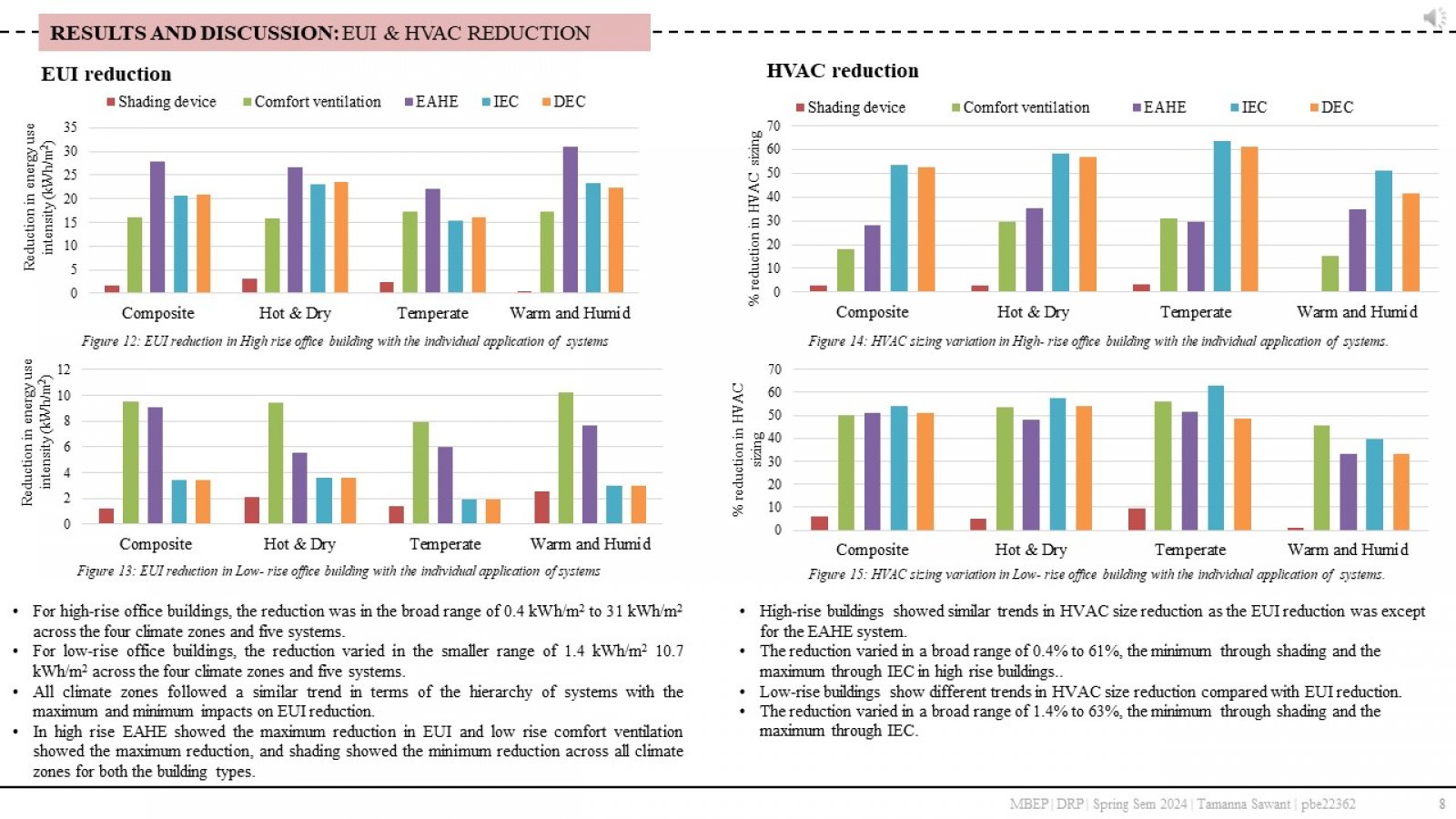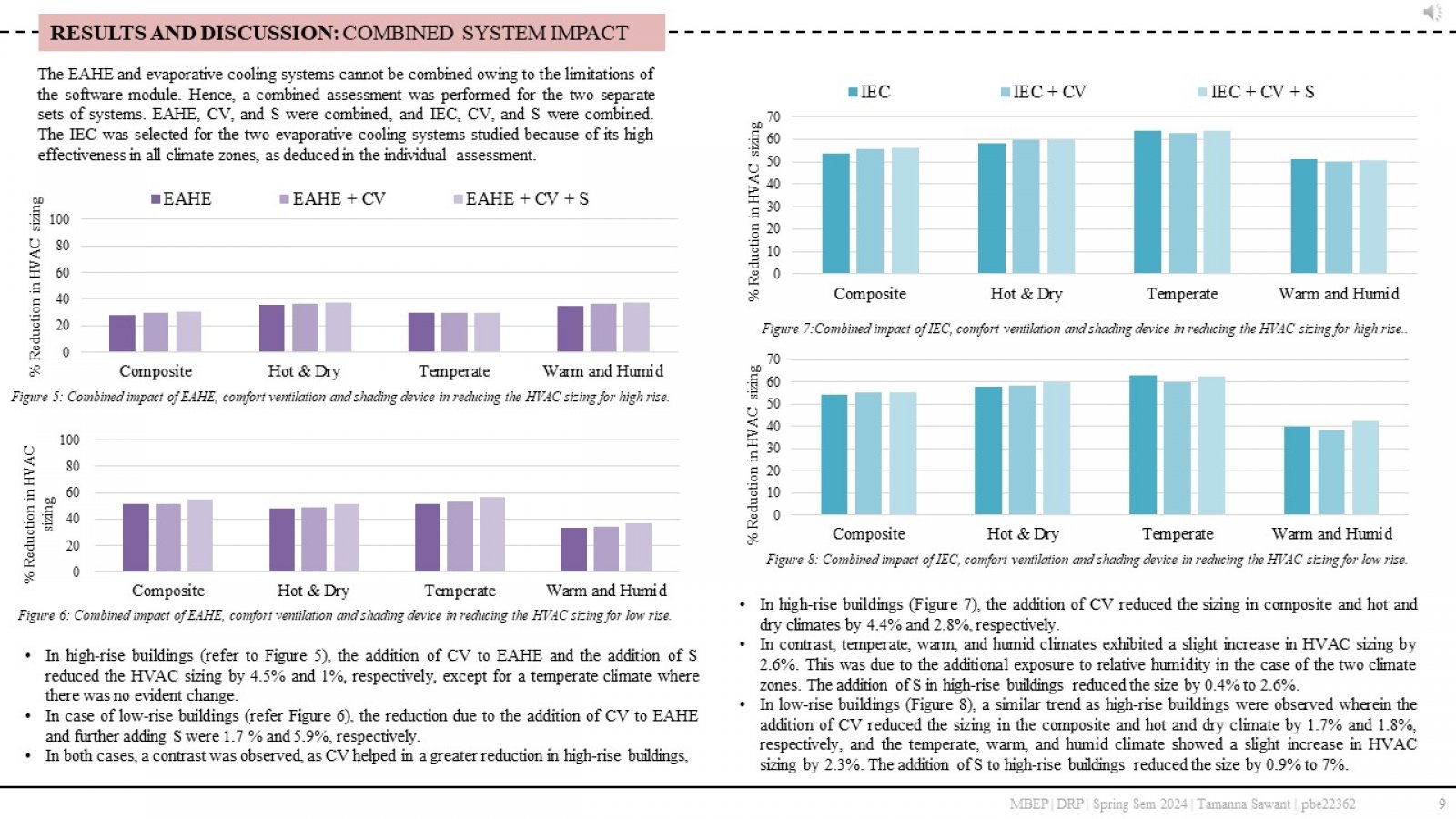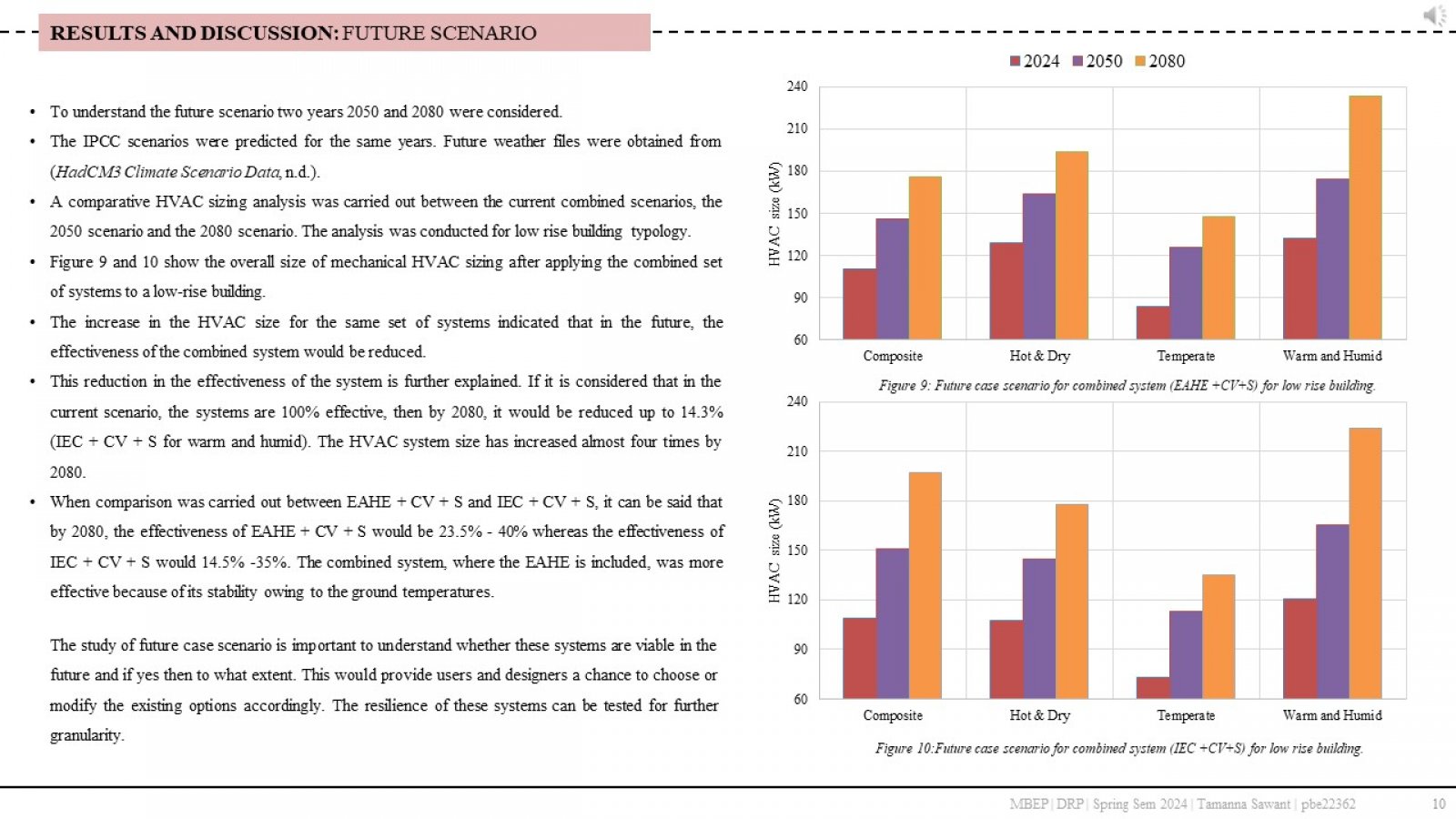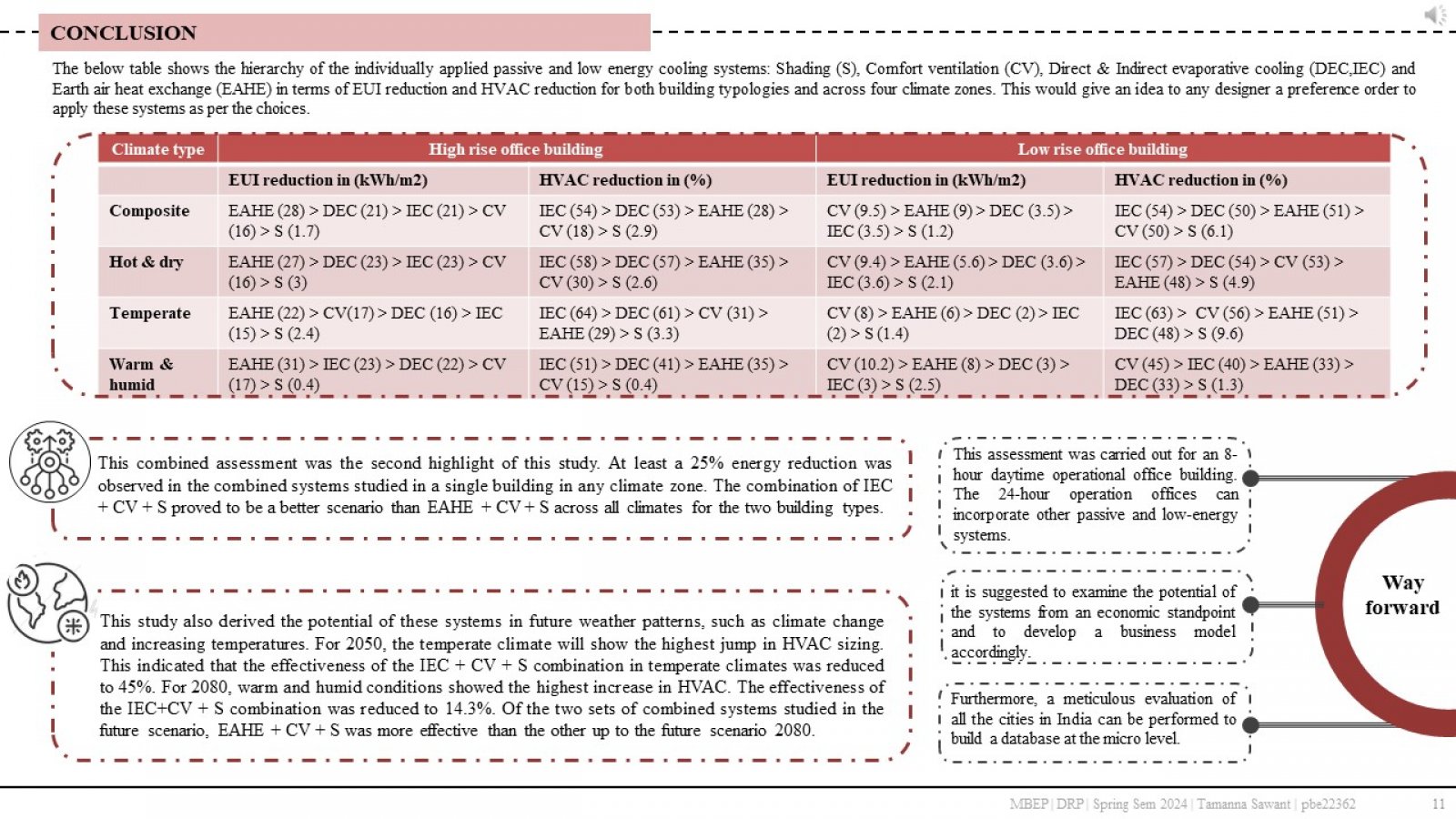Your browser is out-of-date!
For a richer surfing experience on our website, please update your browser. Update my browser now!
For a richer surfing experience on our website, please update your browser. Update my browser now!
India is expected to become a global economic powerhouse in the coming years, placing significant strain on its energy resources, energy systems, and commercial infrastructure. The growing demand for air conditioning units, driven by subtropical climatic conditions that are projected to worsen due to climate change, is expected to place a massive burden on India's power generation capacity. In response to this challenge, India has developed a cooling plan that provides an opportunity to develop passive and low-energy cooling systems as potential way to offset conventional cooling energy requirements. The primary objective of this study is to gauge the consequences and scope of passive and low energy cooling mechanisms, including permanent shading devices, comfort ventilation, earth tube heat exchangers, and evaporative cooling, specifically in the context of Indian office buildings. The findings of this study provide a comprehensive guide for designers to select energy-saving systems based on climate zones at the outset of any office project. The significance of the assessment also lies in its ability to offer researchers insights into the future of these systems in the face of climate change.

